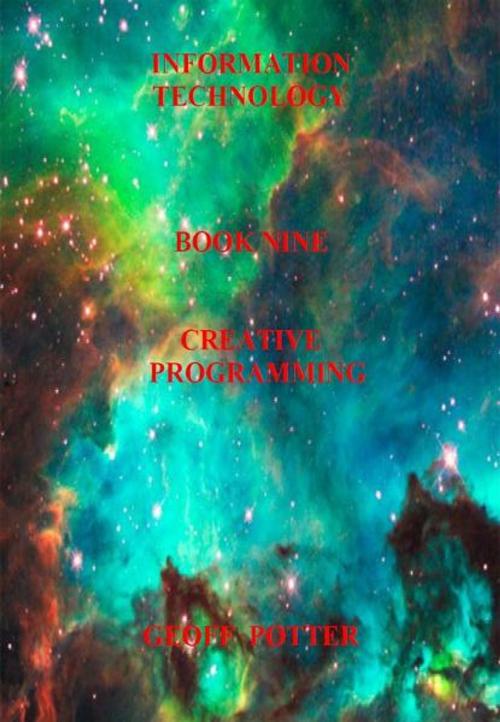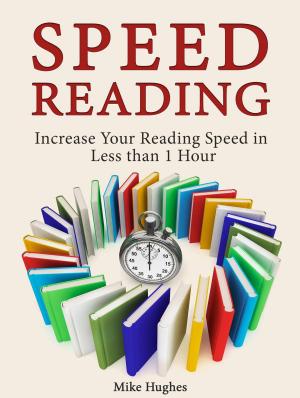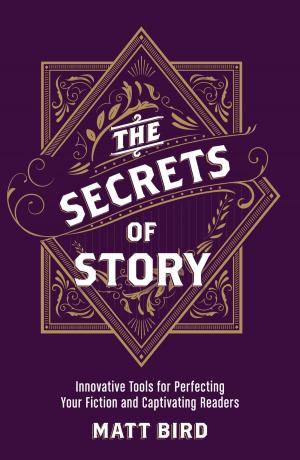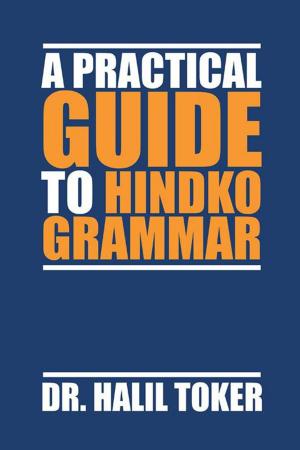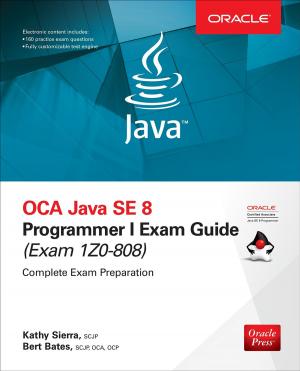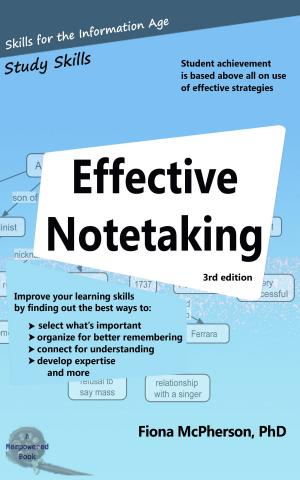Creative Programming
Nonfiction, Computers, Application Software, Educational Software, Computer Hardware, Personal Computers, General Computing, Skills| Author: | Potter, Geoff | ISBN: | 9780986744082 |
| Publisher: | ITCA Digital Education Systems | Publication: | September 1, 2012 |
| Imprint: | Language: | English |
| Author: | Potter, Geoff |
| ISBN: | 9780986744082 |
| Publisher: | ITCA Digital Education Systems |
| Publication: | September 1, 2012 |
| Imprint: | |
| Language: | English |
This is the ninth book in a series of ten electronic books designed to educate young children and school-age students about information technologies and the digital world they live in. Who will benefit from this book? This book is most suitable for students in their senior grade levels. It is also veryhelpful for teachers introducing ICT or integrating it into the curriculum. Contents: Book Nine comprises five modules: Module 1: Algorithms. In this module the student is introduced to the basic structure of programming, the algorithm. Related information, such as perfect numbers and the lives and work of some of the world's greatest theorists, is also included to provide an understanding of the relationship between mathematics, history and human experience. Unit One: Introducing Algorithms. Unit Two: Computing Algorithms.Web Quest: The Environment. Module 2: Java.This module instructs the student in Java programming and to understand terms such as "platform", "operating systems" and "object-oriented". The module also focuses on identification of Java objects and how to incorporate them into a programming sequence. Unit One: Working With Objects. Unit Two: Writing An Applet In Java. Unit Three: Java Arrays. Unit Four: Conditionals And Loops. Unit Five: Java Graphics. Unit Six: Java Plug-Ins. Web Quest: Education. Module 3: Visual Literacy. In this module the student will learn how to interpret, appreciate and create visual communications: how the science and technologies of image construction blend with human visual perception to produce visual literacy. Additionally the student will learn how to use digital technologies to create visual images. Unit One: Observing and Interpreting Pictures. Unit Two: Digital Photography. Module 4: C++. This module introduces the student to the C++ programming language, and programming skills. Specific areas instructed include: C++ data types, writing functions, conditionals and loops. Unit One: The Basics Of C++ Language. Module 5: Javascript. In this module the student can study the skills of JavaScript programming and the applications of JavaScript. Specifically the student will be instructed in scripting, animating graphics and JavaScript frames, cookies and plug-ins. Unit One: Javascript Basics. Unit Two: Scripting. Unit Three: Animating Graphics With Javascript. Unit Four: Javascript Frames.Unit Five: Javascript And Cookies.Unit Six: Javascript And Plug-Ins. The book is colorful, creative and contains many challenges and activities designed to help young students understand how digital technologies work and how they may efficiently use them to learn and communicate. All software recommended for this book is Open Source. The book also contains an integrated Continuous Assessment process which may be of value in some educational environments. Modules at each level are divided into skills and knowledge-focused units. At the end of each unit students may describe what they have learned and their parent or teacher may award points for each item covered. Marks may be accumulated throughout the school year. A grade based upon the total points accumulated may be awarded at any time during the year. There are no tests or examinations in this program. What are the intended uses of this book? 1. This book is designed to support both teachers and students in existing ICT curricula and may be useful in areas such as Science, Language Arts, Mathematics and the Arts. 2.The book supports public and private education systems instruction and skills training programs to ensure that young people possess the knowledge and skills to function in a digital society, and ultimately to prepare them for entry into higher education and an increasingly digital and computer-based workforce. 3. Students and parents may use the book for home schooling use in support of study projects and personal skills development.
This is the ninth book in a series of ten electronic books designed to educate young children and school-age students about information technologies and the digital world they live in. Who will benefit from this book? This book is most suitable for students in their senior grade levels. It is also veryhelpful for teachers introducing ICT or integrating it into the curriculum. Contents: Book Nine comprises five modules: Module 1: Algorithms. In this module the student is introduced to the basic structure of programming, the algorithm. Related information, such as perfect numbers and the lives and work of some of the world's greatest theorists, is also included to provide an understanding of the relationship between mathematics, history and human experience. Unit One: Introducing Algorithms. Unit Two: Computing Algorithms.Web Quest: The Environment. Module 2: Java.This module instructs the student in Java programming and to understand terms such as "platform", "operating systems" and "object-oriented". The module also focuses on identification of Java objects and how to incorporate them into a programming sequence. Unit One: Working With Objects. Unit Two: Writing An Applet In Java. Unit Three: Java Arrays. Unit Four: Conditionals And Loops. Unit Five: Java Graphics. Unit Six: Java Plug-Ins. Web Quest: Education. Module 3: Visual Literacy. In this module the student will learn how to interpret, appreciate and create visual communications: how the science and technologies of image construction blend with human visual perception to produce visual literacy. Additionally the student will learn how to use digital technologies to create visual images. Unit One: Observing and Interpreting Pictures. Unit Two: Digital Photography. Module 4: C++. This module introduces the student to the C++ programming language, and programming skills. Specific areas instructed include: C++ data types, writing functions, conditionals and loops. Unit One: The Basics Of C++ Language. Module 5: Javascript. In this module the student can study the skills of JavaScript programming and the applications of JavaScript. Specifically the student will be instructed in scripting, animating graphics and JavaScript frames, cookies and plug-ins. Unit One: Javascript Basics. Unit Two: Scripting. Unit Three: Animating Graphics With Javascript. Unit Four: Javascript Frames.Unit Five: Javascript And Cookies.Unit Six: Javascript And Plug-Ins. The book is colorful, creative and contains many challenges and activities designed to help young students understand how digital technologies work and how they may efficiently use them to learn and communicate. All software recommended for this book is Open Source. The book also contains an integrated Continuous Assessment process which may be of value in some educational environments. Modules at each level are divided into skills and knowledge-focused units. At the end of each unit students may describe what they have learned and their parent or teacher may award points for each item covered. Marks may be accumulated throughout the school year. A grade based upon the total points accumulated may be awarded at any time during the year. There are no tests or examinations in this program. What are the intended uses of this book? 1. This book is designed to support both teachers and students in existing ICT curricula and may be useful in areas such as Science, Language Arts, Mathematics and the Arts. 2.The book supports public and private education systems instruction and skills training programs to ensure that young people possess the knowledge and skills to function in a digital society, and ultimately to prepare them for entry into higher education and an increasingly digital and computer-based workforce. 3. Students and parents may use the book for home schooling use in support of study projects and personal skills development.
